Luisito S. Pablo, DVM, MS, DACVA
Articles by Luisito S. Pablo, DVM, MS, DACVA
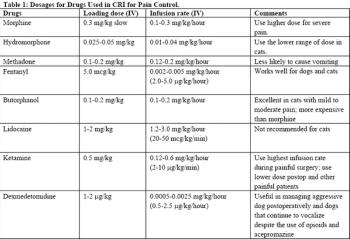
Constant rate infusion (CRI) analgesia is a way of providing pain control by ensuring that the blood levels of the drugs are held constant. In practice, it entails maintaining a venous access. This technique can be used during anesthesia as part of balancing the anesthetic technique and continued to the postoperative period.
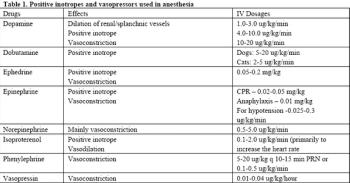
Arterial hypotension is a common anesthetic complication. Perfusion of vital organs depends largely on arterial blood pressure. Mean arterial blood pressure (MAP) below 60 mmHg and systolic blood pressures below 80 mmHg can result in reduced perfusion of the vital organs. Oxygen debt can ensue in morbidity and mortality.

Maintenance of anesthesia using an inhalant agent has been associated with cardiopulmonary depression. Some small animal patients are more sensitive to the cardiopulmonary depressant effect of inhalant agents.
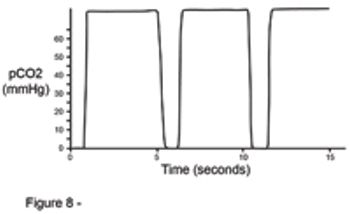
There are many physiologic variables that can be monitored in anesthetized small animal patients. The major goal of monitoring an anesthetized patient is to ensure adequate oxygen delivery to the tissue. Appropriate oxygen delivery to the tissue needs the proper functioning of the cardiovascular and respiratory systems.
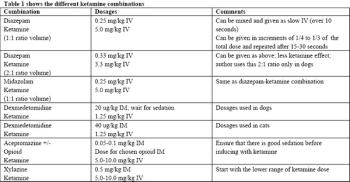
The practice of veterinary anesthesia has been impacted by the short supply of propofol and discontinued production of thiopental. Thiopental is officially in the "Discontinued Drug" list of the FDA. The company that used to make thiopental decided to stop production because of its stand against the use of this drug for lethal injections.

To safely anesthetize small animal patients with preexisting cardiac condition, it is important that specific hemodynamic goals are set for the particular heart condition. It is easy to state that for patients with cardiac problem, "heart-friendly" drugs need to be used.
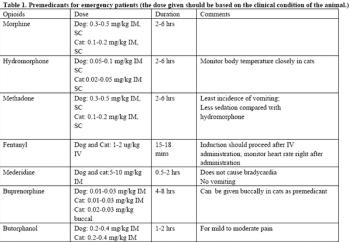
The risk of anesthesia is higher in emergency cases compared with elective cases. Most of these patients are compromised and this increases the danger of anesthesia, especially in cases when there is no time to optimize the condition of the patient before anesthesia.











